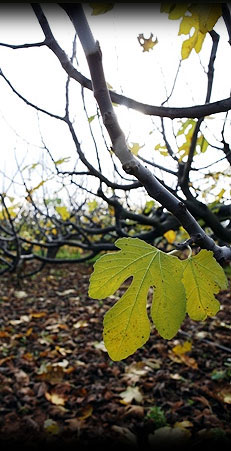History
The tree has been known since the prehistoric times. In the area around Paris, fossilized leaves and fruits of the fig tree from the Pleistocene age of the Quaternary Period were found. This certifies that the plant has existed since the prehistoric times in Europe. Specifically, in the prehistoric settlement of Poliochni on the island of Lemnos, charred figs were found.
In Greece, it has been cultivated since before the Homeric age. In antiquity, the variety ‘Royal’, which was cultivated mainly in Attica, was widely known and renowned for its quality.
Today, the rumored Asian origin of the fig tree is disputed because, according to Herodotus, it was not cultivated neither in Lydia nor in Persia. The historian of antiquity even says that the main reason of the campaign of the Persian king Xerxes was the conquest of Attica, so as to have the ability to eat not only dried but also fresh figs.
Monk Agapios the Cretan (15th century), by making a distinction of figs based on their colour, advises the consumers of his time “that white figs are the best, the faza (light purple) come second and the black ones come third.. However, all kinds of figs, regardless of color and quality, are all more nutritious than fruits, quench thirst, destroy the stones of bile and increase the sperm.”
